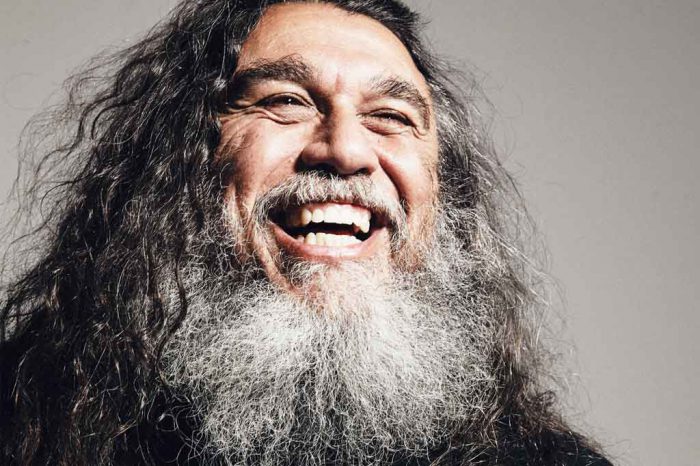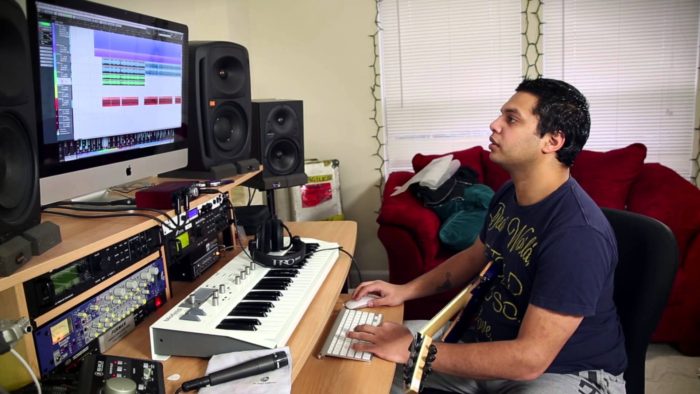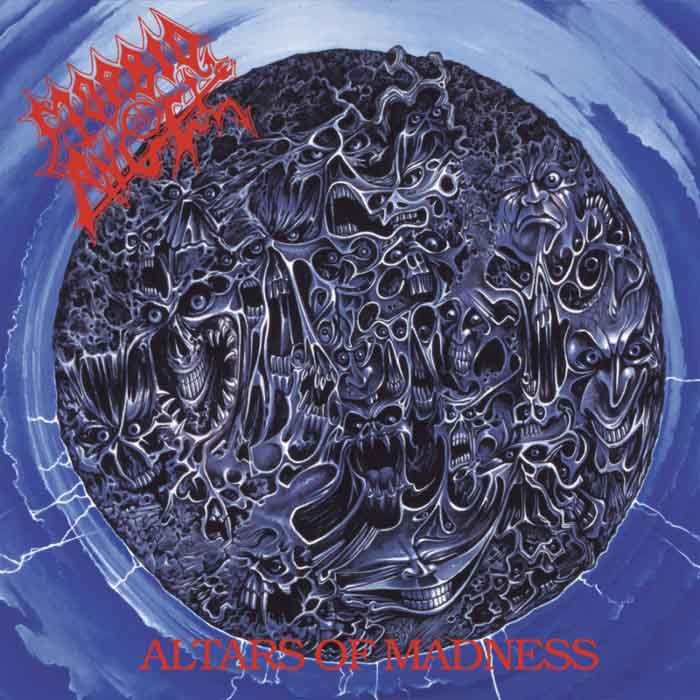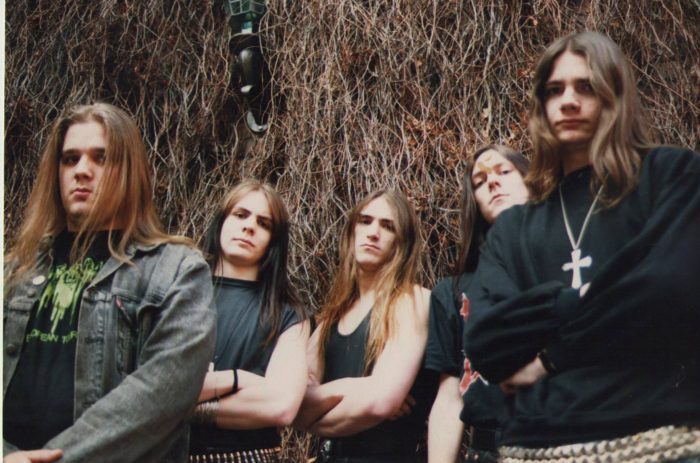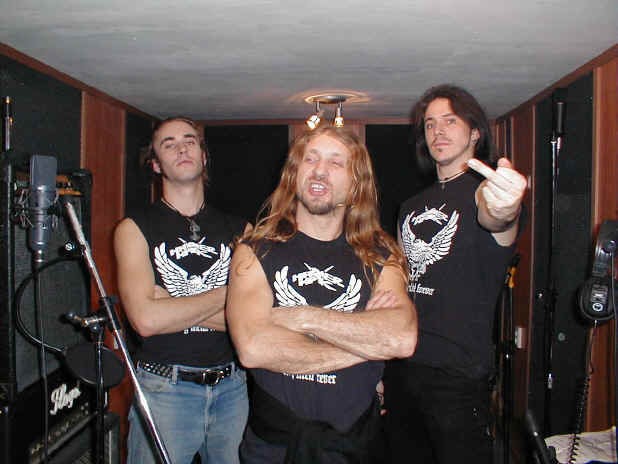
Destroyer 666 expressed their displeasure with MetalSucks and Invisible Oranges’ social justice warring on their Facebook page:
Los Angeles,,a perfect storm to finish an amazing whirlwind tour.
Our sincere gratitude to all who came out and supported us.
We`d all like to extend a thanks to Paul Dunski for putting it altogether for us,Ares Kingdom for being so fkn great and upstanding men and Sharon of Derketa and Oath of Cruelty.
And to all those who took the time to speak to us in person and express their disbelief and contempt for the tirade of lies and bullshit spread by Matt Goldberg who hides behind the name of Axl Rosenberg and Ben Umanov the liar behind the name Vince Neilstein (His address is posted below folks)along with the little lying dishonest whore who calls herself Blair Hopkins and ‘writes’ for Invisible Oranges and seemed more intent on advertising her attractiveness to drunks than she was in writing an honest review. Clearly your insecure about your looks woman and felt a burning desire to advertise just how irresistible you are.To drunks.Sad desperate bitch.
Despite almost every comment on all their platforms callin them out for being lying cunts,they still have not removed,corrected or amended any of their ‘articles’.
We have considered making a statement to dispel the bullshit and clarify our position for those gullible enough to fall for this SJW virtue signalling garbage. But how does one argue with a fool with an axe to grind and clicks to collect for their advertising revenues?
By stating the obvious facts? These fkn clowns are fact resistant. And they could have got the fact themselves.Isnt that what journalists are meant to do?By goin through every one of their groundless claims and disproving them? Thereby validating their right to make accusations against anyone they see fit? By trotting out every non-white (Left approved) friend I have to show Im ‘cool’ and hip to the shit? That to me reeks of fkn racism.And God damn am I so fkn sick of that word. These vermin throw the word around so damned often its losing any meaning whatsoever and only serves to undermine any real and serious instances of it. And off course,the fact Ive never written a racist lyric in my life and Ive never used the band to denigrate another race…well that dont matter does it?,cos it dont fit their narrative.Theyll get round that any way they can.My view has always been the same,NO race should be made to feel ashamed of the colour of their skin.NOT ONE.
And it could well be asked what good would come of it?They clearly wont retract their articles even when fans from the show tell them its a lie,(because they exist from the clicks?).
These fk-knuckles insult myself,the band and our supporters alike with their complete disregard for the truth..And I cant help thinking it has helped to weed out the gullible and the spineless from our ranks.Not to mention increased shirt sales on our site.For anyone dumb enough to still have ‘doubts’,go read all the comments left by people on all thier sites.If that aint enough.Then just go Fk yaself.Sell our records,burn our shirts,dont come to the shows and dont come here to this page to looking for attention for yourself.Its really that fkn easy.It aint Nazi rocket science.
End of the day Im an old fashioned kinda fella and now that their real names are out there in the public domain,nature will take its course.
I aint no racist fool,BUT I am exceedingly, overtly prejudiced against fools and especially fools who make it their duty to make me their enemy.Make of that what you will.I call it instinct.
No Surrender.No forgiveness and No fkn Mercy!
Now to enjoy 4 weeks in NYC.
PS – If ya wanna show these scum where you stand and buy a shirt at www.destroyer666.uk
MetalSucks quickly issued an apology for their attempted pogrom, crawled into a corner, and curled themselves into a fetal position:
It has recently come to our attention that members of Australian black metal band Deströyer 666 have been receiving death threats related to articles we published on MetalSucks last week.
All of us at MetalSucks are appalled. Under no circumstances do we condone violence, or threats of violence, against anyone for any reason. We encourage open discourse on this website and in our comments section, but it should be relegated to just that — conversation.
Additionally, we spoke with K.K. Warslut directly, and he vehemently denies all of the accusations leveled against him.
We apologize to any members of Deströyer 666 who have felt threatened or whose names have been dragged into the mud on account of our actions. We have taken down the prior posts about the band to avoid drawing further attention to the situation and will refrain from posting anything further on the matter.
7 CommentsTags: destroyer 666, internet drama, metalgate, MetalSucks, sjws






